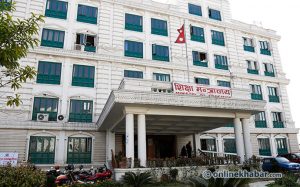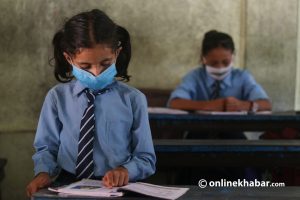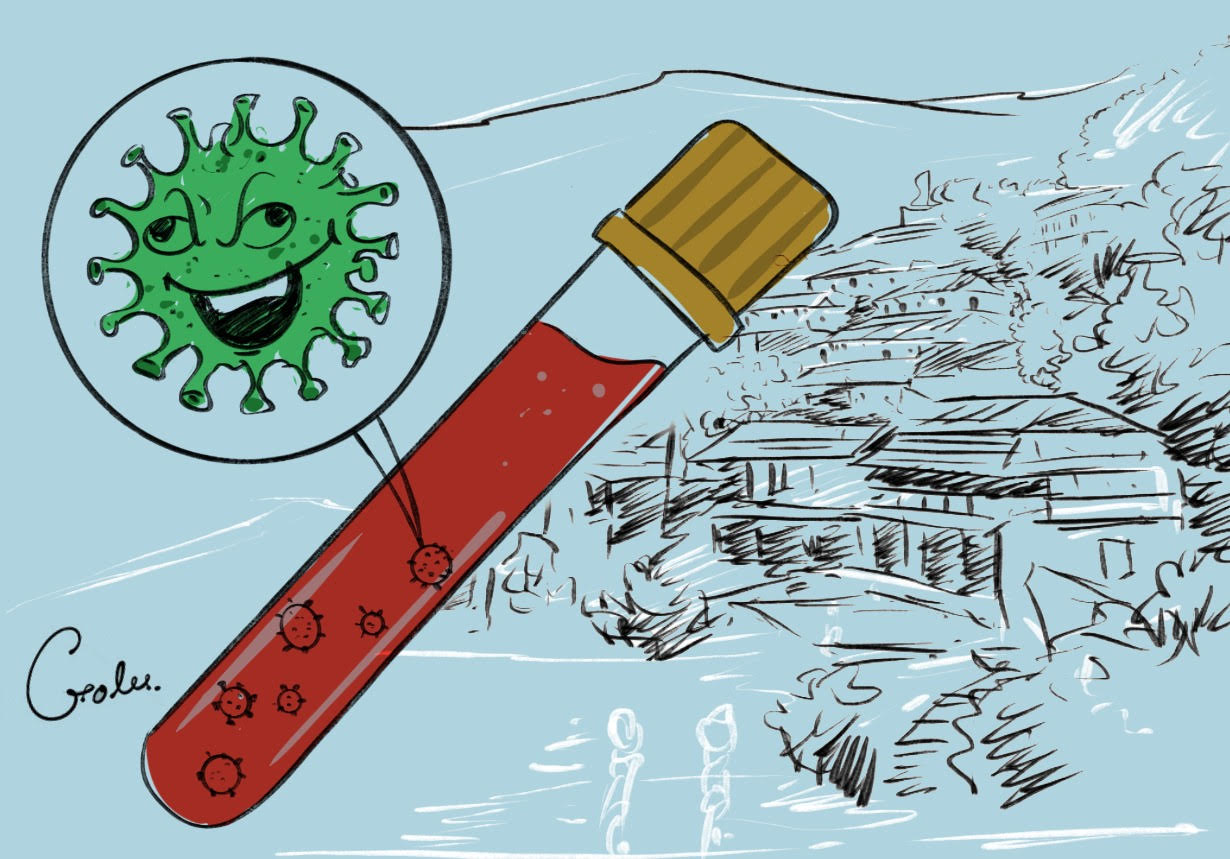 Disasters and crises do not discriminate against any gender. However, their impact is not gender-neutral. The impact of any crisis is affected by our social system, gender roles, and individual’s access to and control over the resources. The Covid-19 has impacted and will impact women more significantly, making them more vulnerable than at other times.
Disasters and crises do not discriminate against any gender. However, their impact is not gender-neutral. The impact of any crisis is affected by our social system, gender roles, and individual’s access to and control over the resources. The Covid-19 has impacted and will impact women more significantly, making them more vulnerable than at other times.
The present pandemic is affecting people of all regions, religions, ethnicities, and gender groups. However, women have been more vulnerable to its impact on their daily lives. Many women have been in economic stress as they have been cut off from economic engagement. Women’s engagement in the informal economy is much bigger than that of men. The protection programmes developed to lower the impact of Covid-19 pandemic may not reach to these women in informal works unless some special measures are taken. Women are overloaded with unpaid care and domestic works. The women working in the public sphere are in double duty; work for home and work from home as we lack equal distribution of care and domestic workload.
Gender-based violence is on the rise during this crisis. WOREC, a women’s rights NGO, in its recent press release claimed to have documented 231 cases of violence against women and adolescent girls from the data collected from 14 districts in 47 days of the lockdown. In most of these cases, the perpetrators were either family members or somebody from neighbourhood. Most of such women going through domestic violence at present may have no other choice but be locked up with perpetrators as the country is on the lockdown. Justice mechanisms and safe shelters are either inaccessible, halted or are not equipped enough to provide services amid the fear of the virus spread.
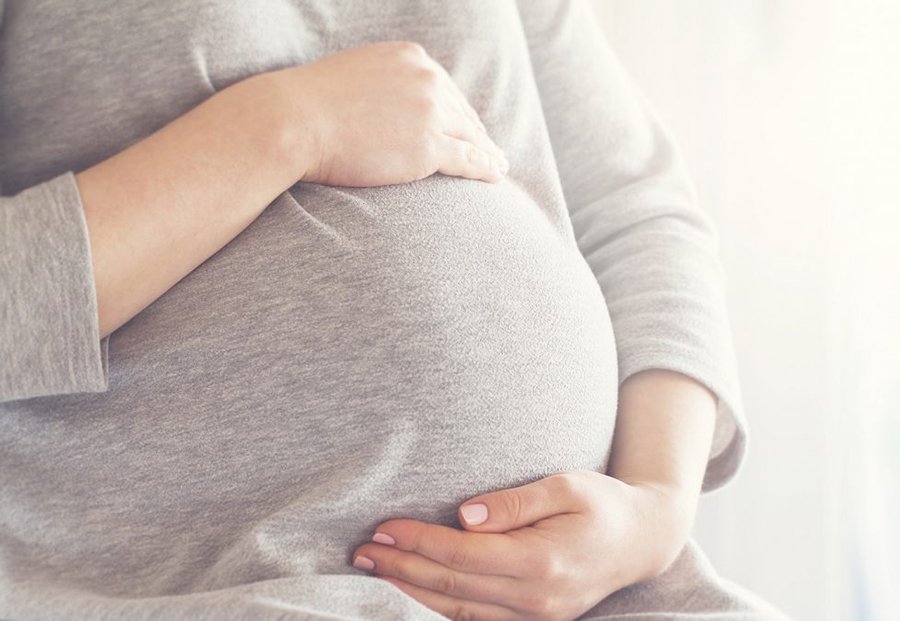 Maternity services including pre- and post-natal services around the country have been either minimised or closed as the major health attention has been shifted to coronavirus spread control. Health institutions lack the protective equipment required to continue providing services during this health emergency. Assessment reports of different organisations and media reports claim that there are no transportation services available to reach hospitals and many women are giving birth at home, or caring their maternal and reproductive health problems on their own. This has put many women and girls at risk. Women and young girls are also facing difficulties in accessing contraception, health supplies and hygiene products like sanitary pads. Their nutritional intake during these special health conditions has also been compromised.
Maternity services including pre- and post-natal services around the country have been either minimised or closed as the major health attention has been shifted to coronavirus spread control. Health institutions lack the protective equipment required to continue providing services during this health emergency. Assessment reports of different organisations and media reports claim that there are no transportation services available to reach hospitals and many women are giving birth at home, or caring their maternal and reproductive health problems on their own. This has put many women and girls at risk. Women and young girls are also facing difficulties in accessing contraception, health supplies and hygiene products like sanitary pads. Their nutritional intake during these special health conditions has also been compromised.
Along with the increased vulnerability during the crisis, women and girls suffer in the ways a family or community adopts post-crisis coping strategies. Often after such crises, countries like ours observe an increase in early and child marriage; families’ get their young girls married off or are compel them to discontinue education to cut down economic costs of families. Similarly, many women and girls take on high-risk work for their and their family’s survival such as migration out of the country for work through illegal routes.
Many government and non-government organisations have been trying to address these gender issues and needs of women and girls. There are some internationally used and known resources pertaining to the issues of gender in crisis settings such as The Sphere handbook, IASC Guideline, The Sendai Framework for Disaster Risk Reduction 2015-30 among others, which can be referred to in relief, response and recovery programmes to mainstream women’s and girls’ issues. All of these practice guidelines recognise women as one of the vulnerable groups during the crisis and suggest key action points that the government and other organisations can voluntarily refer to in carrying out their humanitarian works in the crisis situation.
 The rise in the gender-based violence cases is the most commonly recognised issue by all resource guidelines. Thus, measures should be taken to stop it. All the programmes and plans of an emergency such as the distribution of essential items, access to health services should be designed in a way to reduce the risks of gender-based violence. In case women and girls face violence, the reporting and justice mechanisms should immediately start case registration and further proceeding on the complaints. It is required that the engagement of men and boys is identified and included both as potential survivors and perpetrators of gender-based violence in all the emergency and post-emergency actions. Promoting positive masculinity is a good idea to replace the traditional notion of masculinity that costs both men and women.
The rise in the gender-based violence cases is the most commonly recognised issue by all resource guidelines. Thus, measures should be taken to stop it. All the programmes and plans of an emergency such as the distribution of essential items, access to health services should be designed in a way to reduce the risks of gender-based violence. In case women and girls face violence, the reporting and justice mechanisms should immediately start case registration and further proceeding on the complaints. It is required that the engagement of men and boys is identified and included both as potential survivors and perpetrators of gender-based violence in all the emergency and post-emergency actions. Promoting positive masculinity is a good idea to replace the traditional notion of masculinity that costs both men and women.
Gender analysis is the most recommended tool during an emergency to analyse who are more vulnerable to the impact of a disaster. It should be carried out in order to identify gender inequalities that lead to different power status, vulnerabilities, capacities, voice and participation of women, girls, men and boys. It includes gender-disintegrated data collection and vulnerability level assessment. This analysis should be the basis of every intervention.
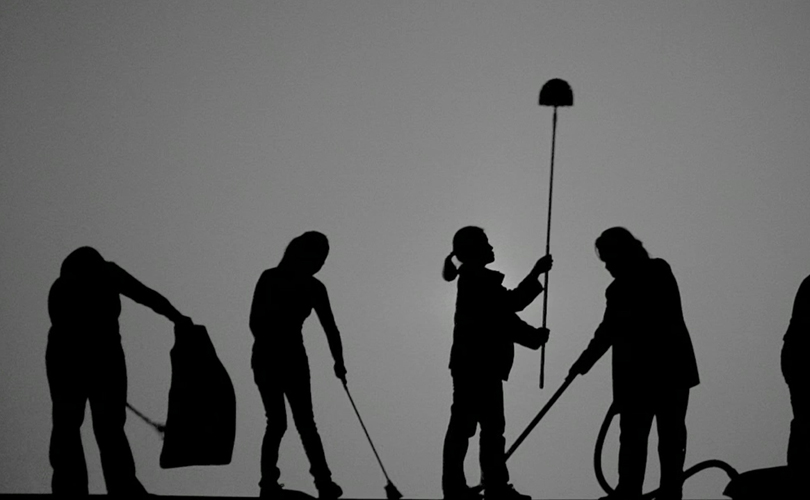
The rise in unpaid care work for women and girls during an emergency is a result of traditional gender roles. The traditional gender roles expect women and girls to be solely responsible for all the unpaid care and domestic works at the household level. To address this, it is suggested to introduce strategies that recognise, reduce and redistribute unpaid care and household responsibilities assigned to women and girls during an emergency.
Participation of women and girls in analysis, design, implementation, participation, and leadership of humanitarian actions is necessary in order to identify and address their needs as well as to utilise their knowledge and resilience capacity. This can be done in collaboration with women’s organisations, community-based organisations, and local governments. It is equally necessary to enhance the capacity of such organisations and groups to prevent, prepare and respond to the disasters. Some mechanisms should also be provisioned so as to facilitate coordination and collaboration of women’s organisations and other gender-progressive groups.
Adequate capacity-building measures need to be taken to empower women for preparedness as well as to build their capacity to secure alternate means of livelihood in post-disaster situations. Women’s economic empowerment should be supported through livelihood improvement/generating interventions. Such interventions have to be accessible to women and should not put them into further risks.
Sharma is a graduate in international cooperation and sociology. She has been active in the field of women’s human rights in Nepal. Neupane holds graduate degrees in sustainable development and business studies. He is active in the development sector for more than a decade in Nepal.







